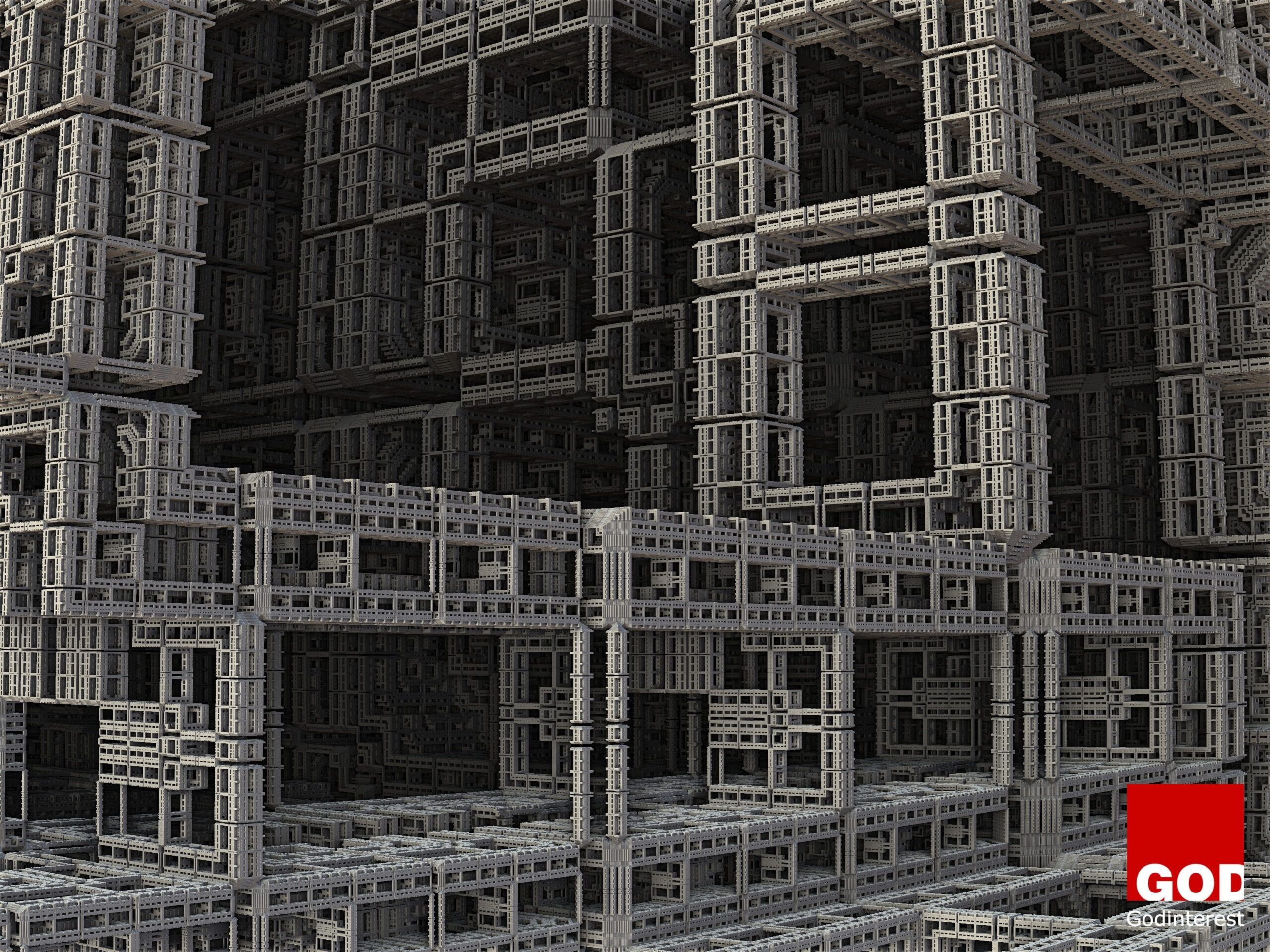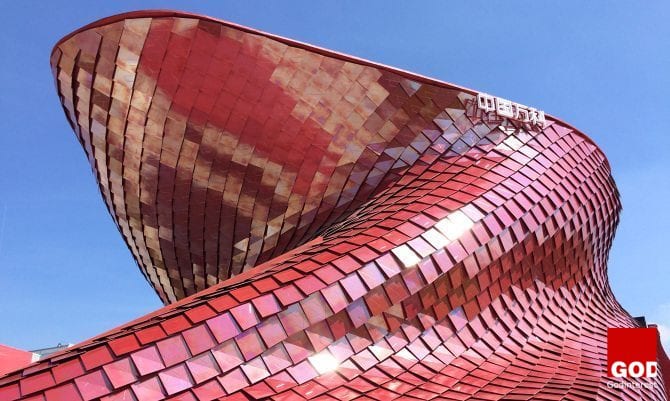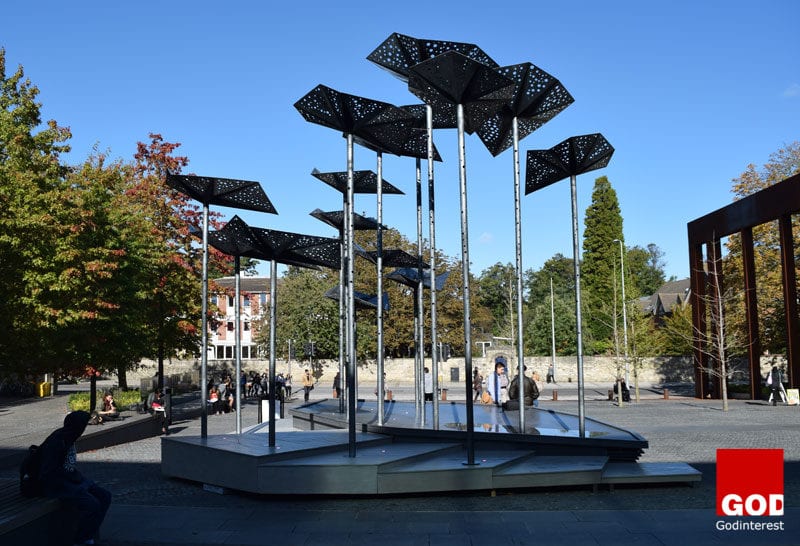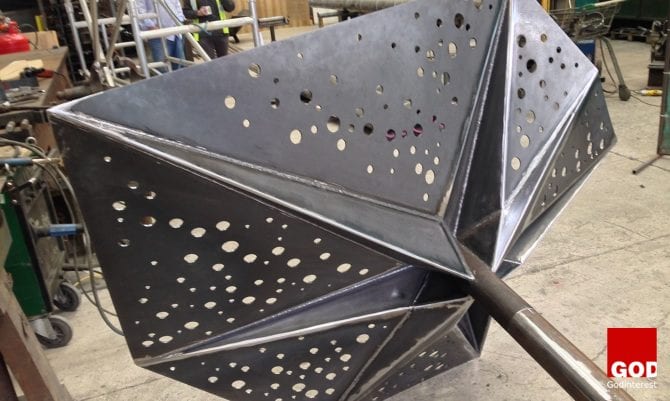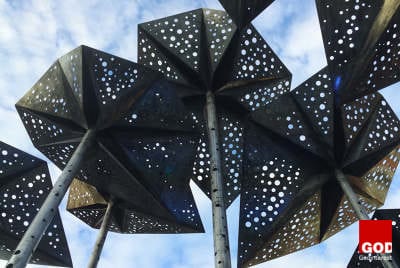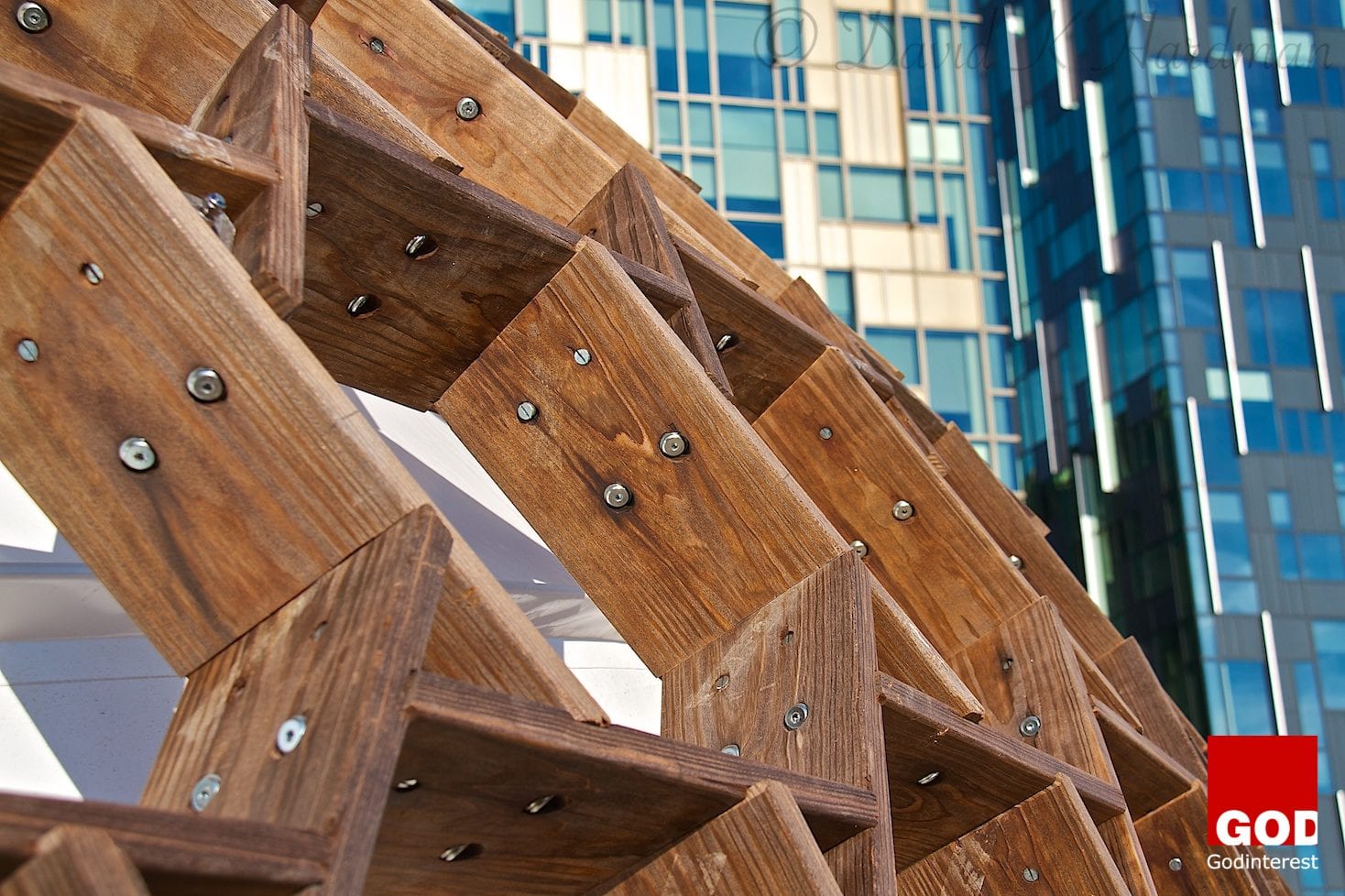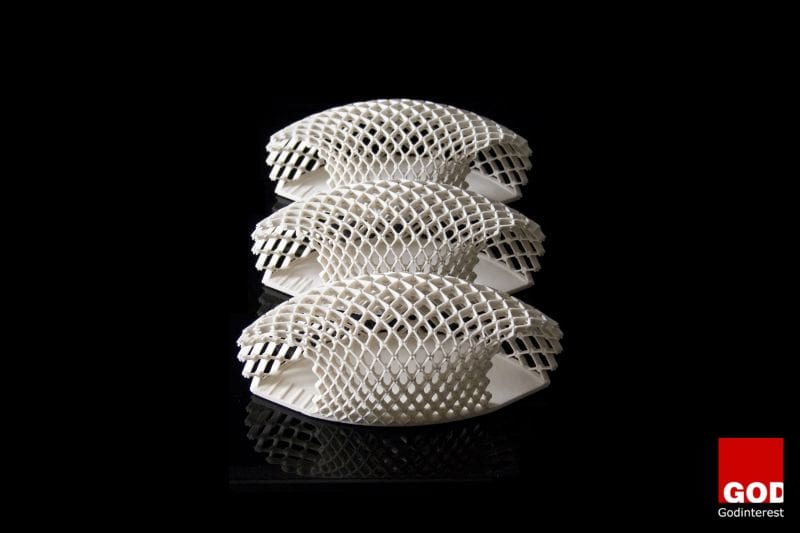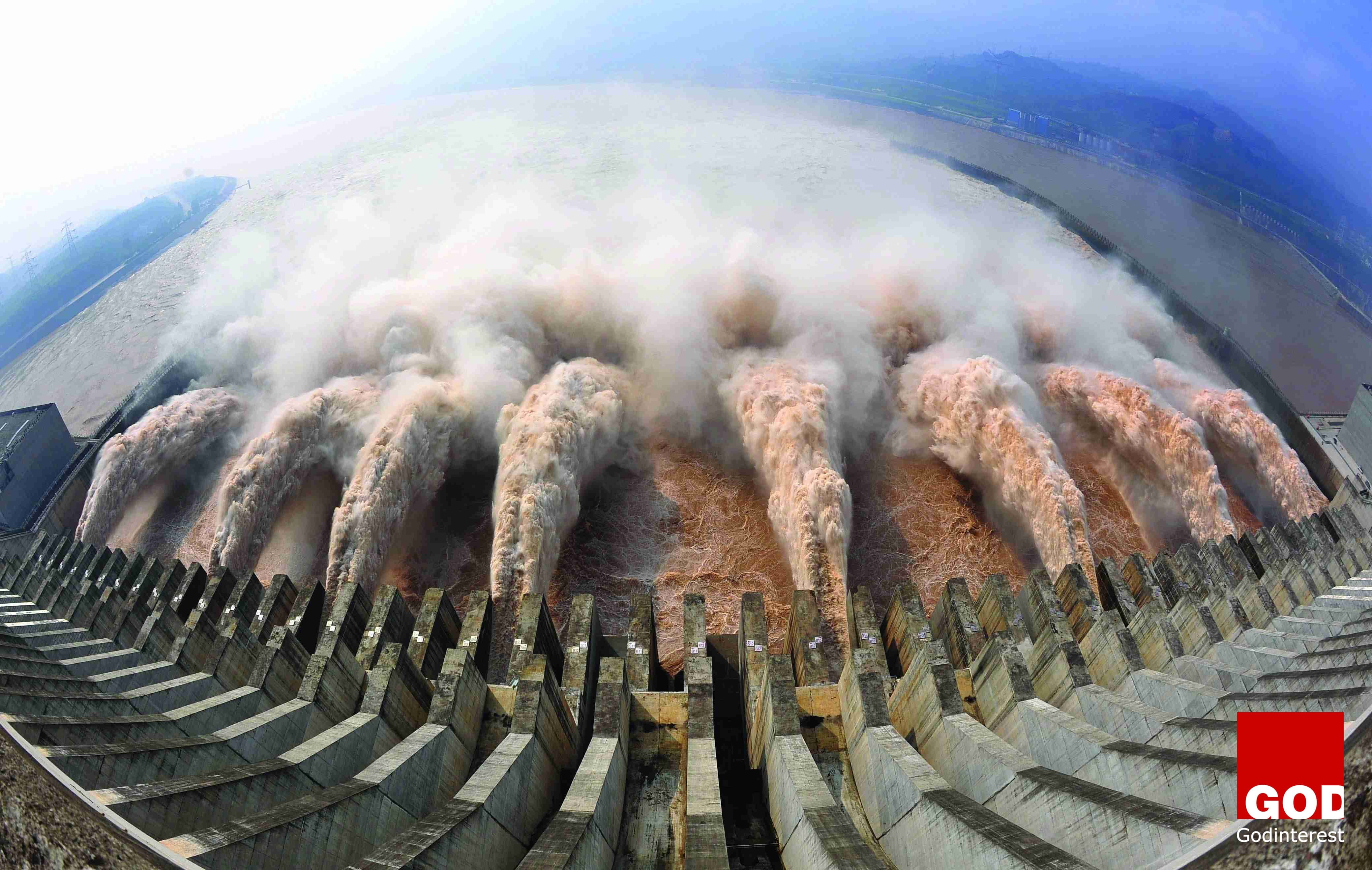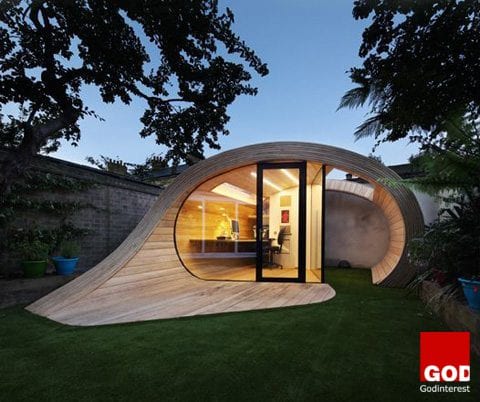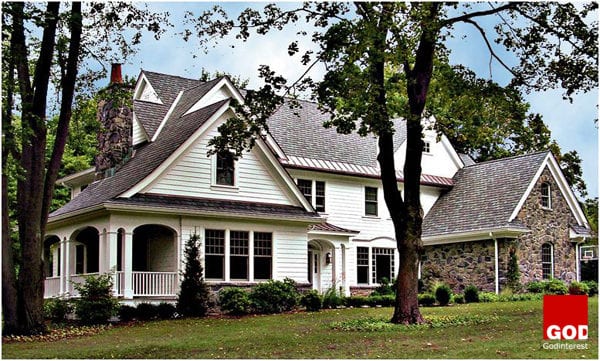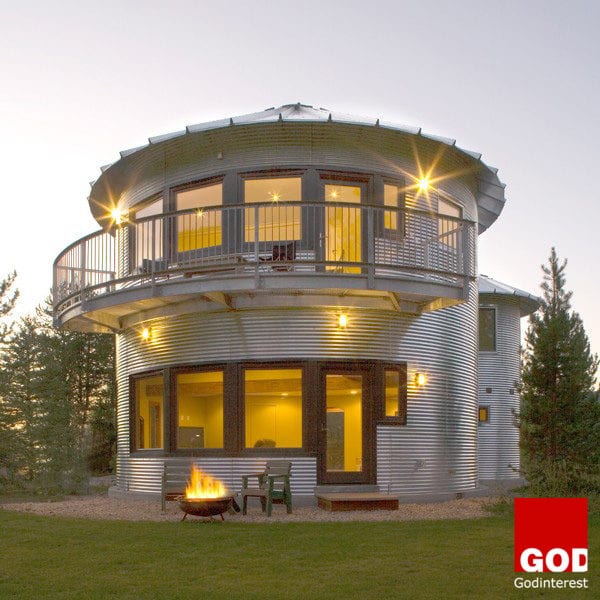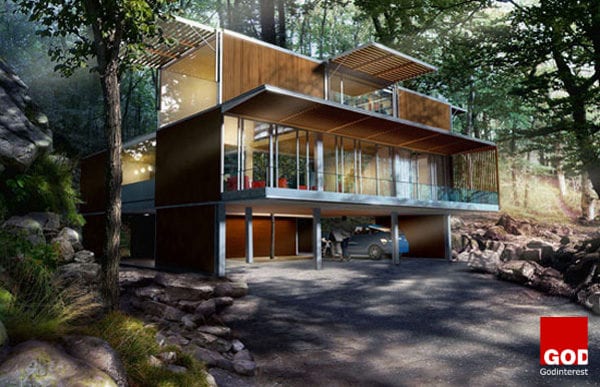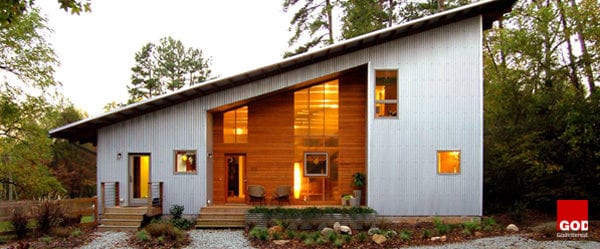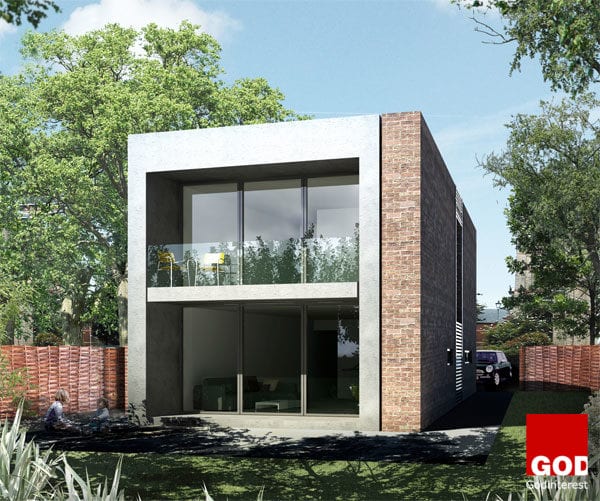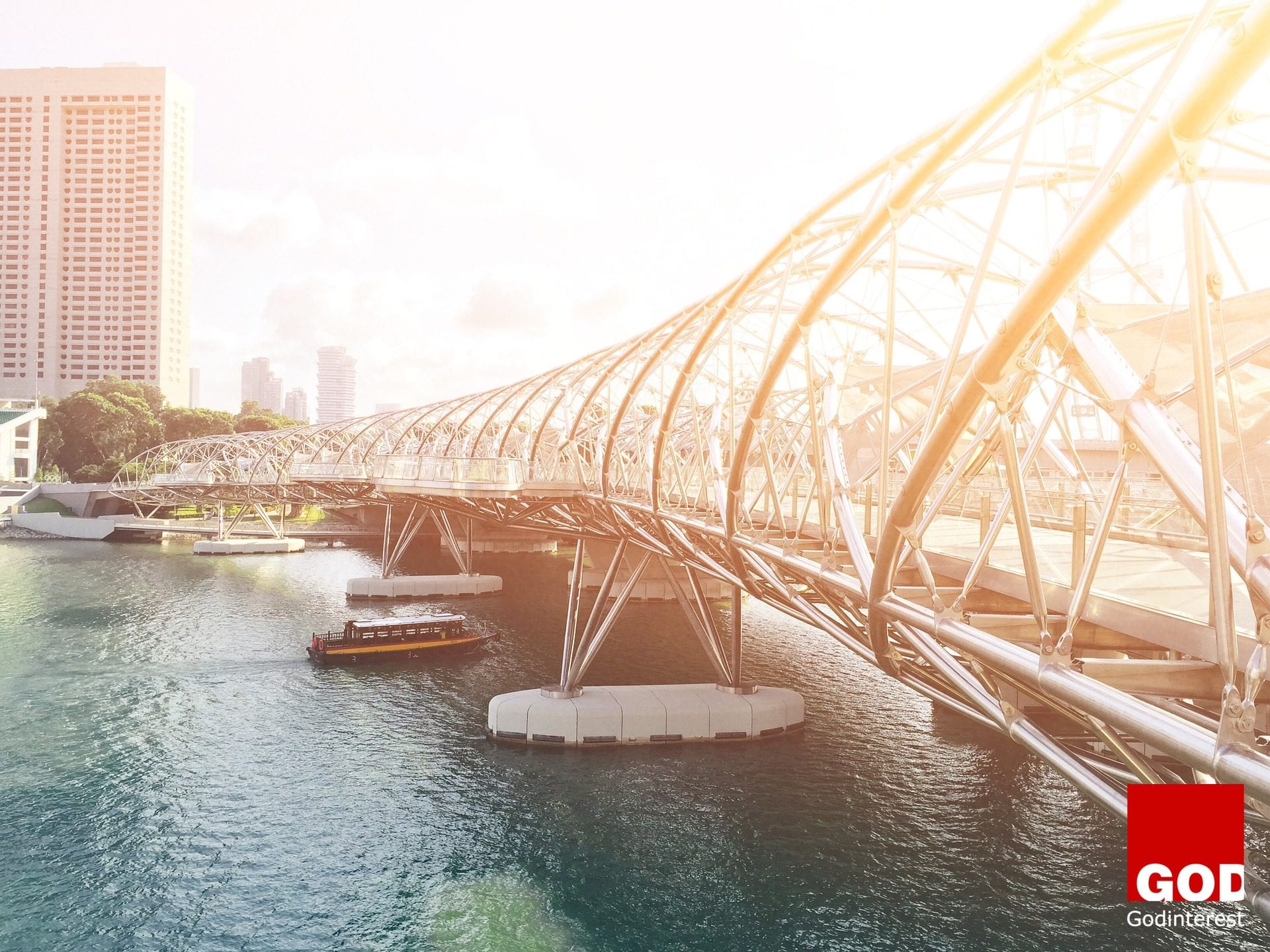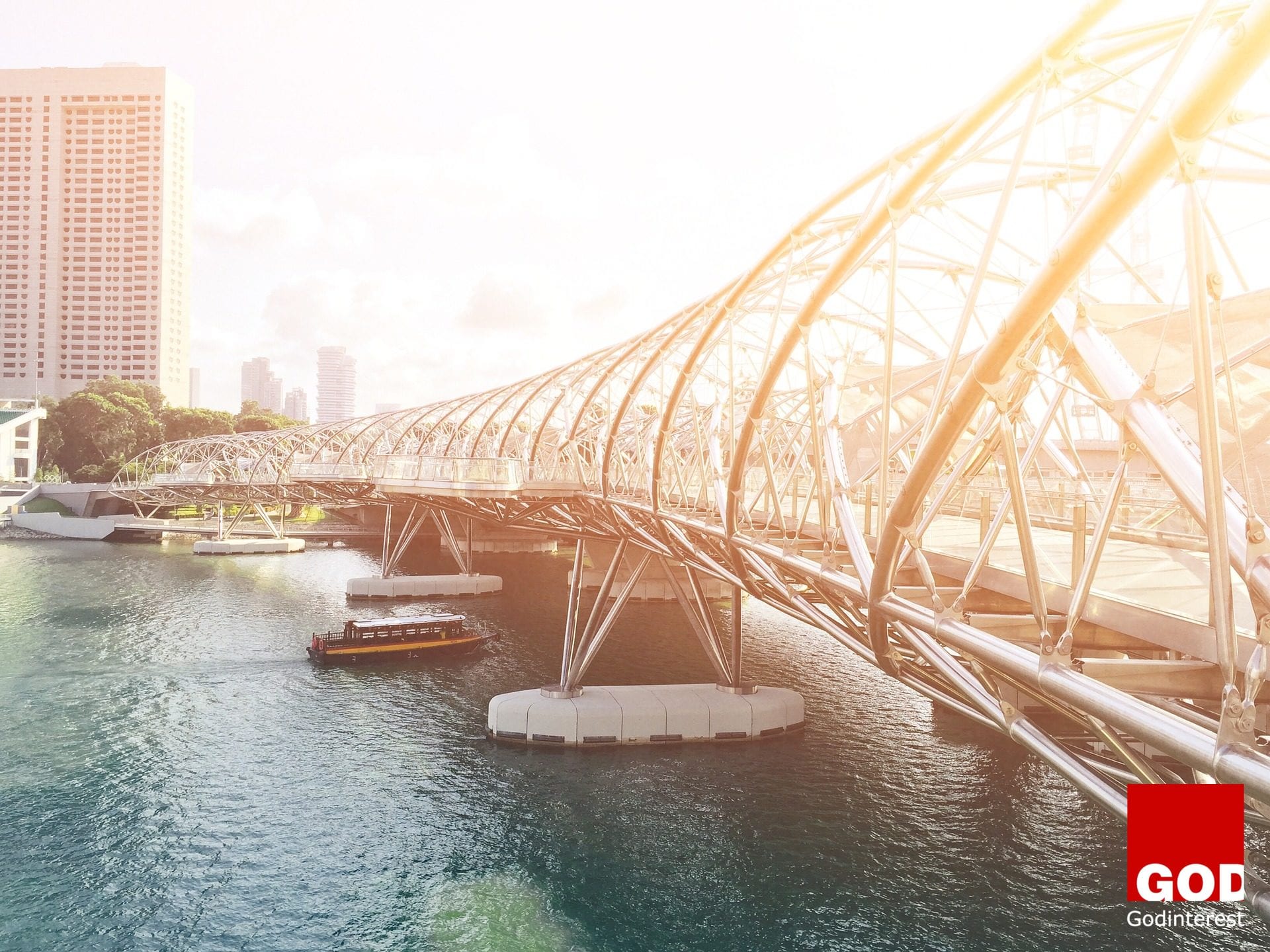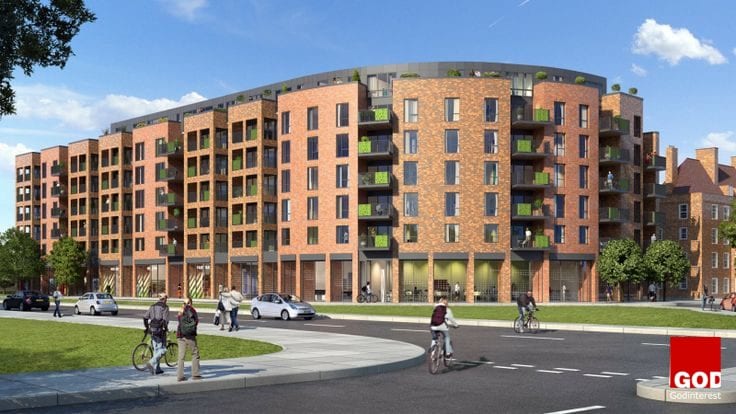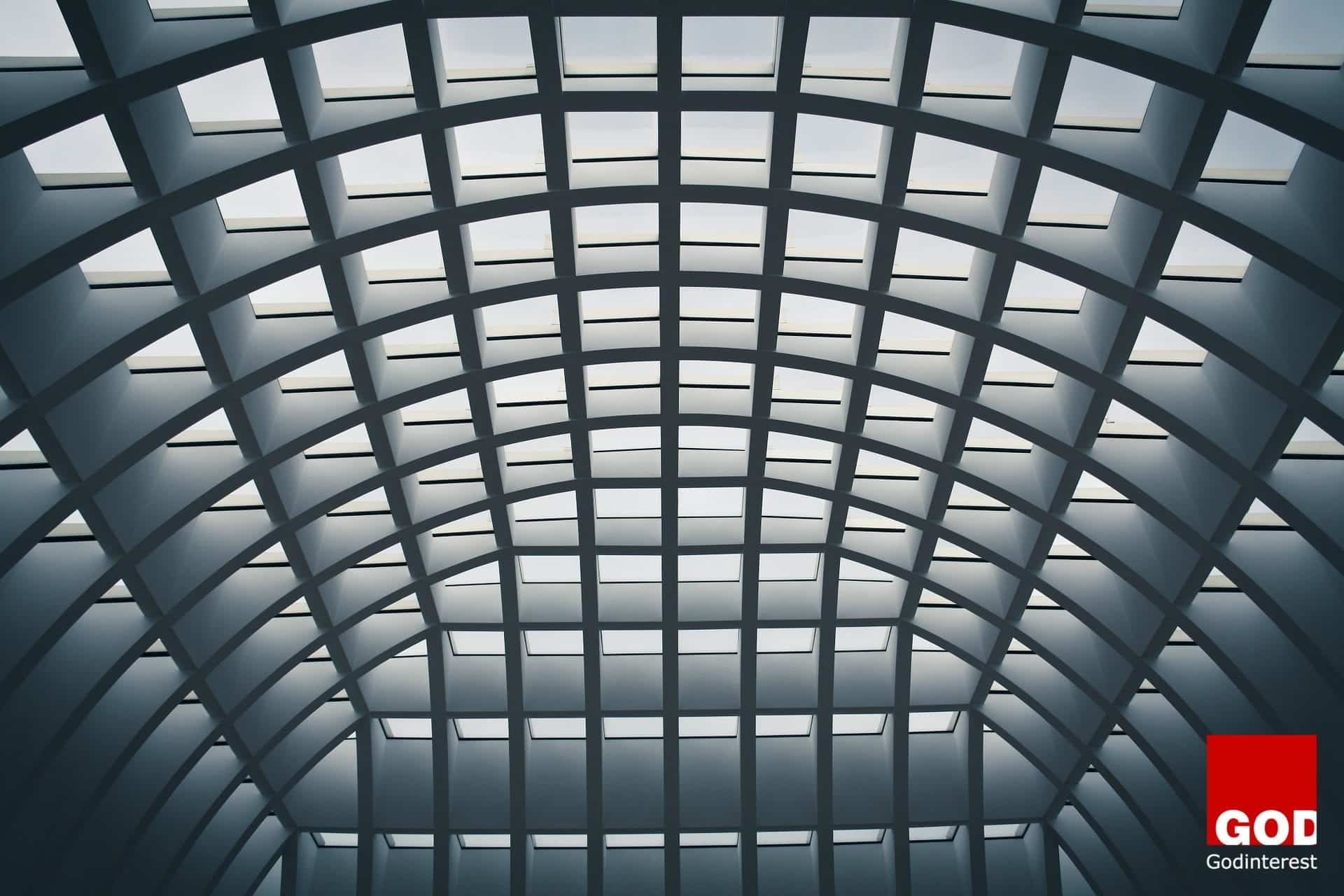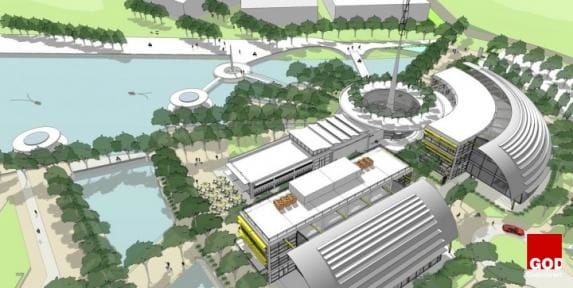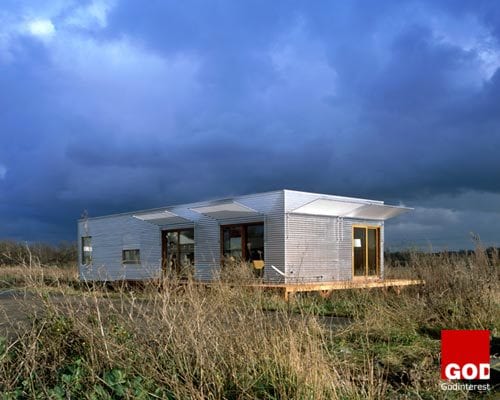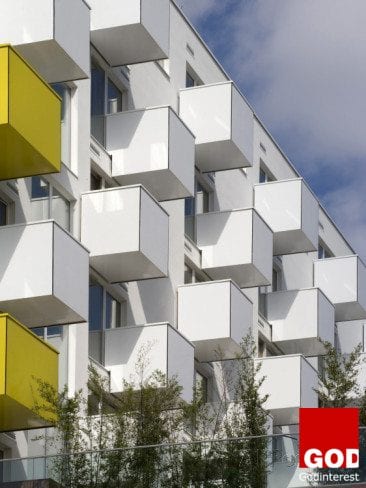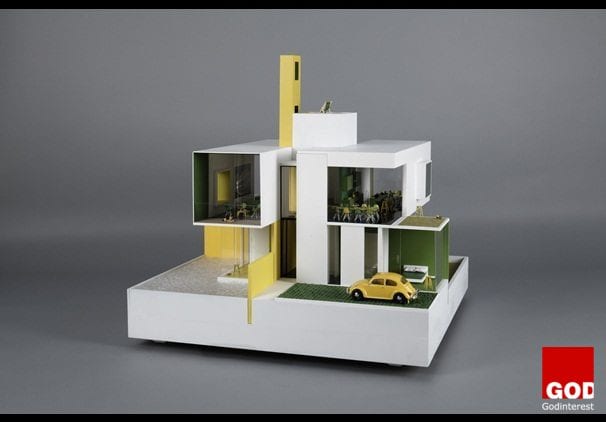Due to the large scale and outlook attached to them, mega-projects have a large opportunity for failure. Typically, the failure begins at the outset of the project, whether that be due to poor justification for the project, misalignment among stakeholders, insufficient planning, or inability to find and use appropriate capabilities.
Underestimated costs and overestimated benefits often offset the baseline for assessing overall project performance. This is why it is important for organizations to first establish social and economic priorities before even considering what projects will answer their needs. Once social and economic priorities are established, only then can a project be considered. Selecting projects must be fact-based and transparent in order to ensure accountability with stakeholders and the public.
Successful Megaprojects Must Have Robust Risk-analysis or Risk-management Protocols
It’s also important to maintain adequate controls. Successful megaprojects must have robust risk-analysis or risk-management protocols and provide timely reports on progress relative to budgets and deadlines. Typically, progress is measured on the basis of cash flow, which is less than ideal as data could be out of date and payments to contractors do not correlate construction progress. Instead, project managers should deliver real-time data to measure activity in the field. For example, cubic meters of concrete poured relative to work plans and budgets.
Overall, improving project performance requires better planning and preparation in three areas: doing engineering and risk analysis before construction, streamlining permitting and land acquisition, and building a project team with the appropriate mix of abilities.
Project developers and sponsors should put more focus into pre-planning such as engineering and risk analysis before the construction phase. Unfortunately, most organizations and sponsors are reluctant to spend a significant amount of money on early-stage planning because they often lack the necessary funds, they are eager to break ground and they worry the design will be modified after construction is underway, making up-front designs pointless.
However, it’s proven that if developers spend three to five percent of capital cost on early-stage engineering and design, results are far better in terms of delivering the project on-time and on-budget. This is because through the design process, challenges will be addressed and resolved before they occur during the construction phase, saving both time and money.
It’s not unusual for permits and approvals to take longer than the building of a megaproject. However, if developers look to streamline permitting and land acquisition, that would significantly improve project performance. Best practices in issuing permits involve prioritizing projects, defining clear roles and responsibilities and establishing deadlines.
In England and Wales, developers applied these approaches to cut the time needed to approve power-industry infrastructure from 12 months to only nine months. On average, timelines for approval spanned four years throughout the rest of Europe. Likewise, the state of Virginia’s plan to widen Interstate 495 in 2012 was able to cut costs and save hundreds of homes thanks to land acquisition planning by a private design company.
Investors and Owners Must Take an Active Role in Creating the Project Team
When it’s all said and done, projects cannot deliver the best possible return on investment without a well-resourced and qualified network of project managers, advisers and controllers. Investors and owners must take an active role in creating the project team.
It’s not enough to have a vague overview of what the project might look like in the end. Instead, it’s necessary to review risks and costs and draft a detailed, practical approach to tackle various issues. An experienced project manager cannot do it all alone. The project team must include individuals with the appropriate skills, such as legal and technical expertise, contract management, project reporting, stakeholder management, and government and community relations among others.
Failure to Properly Plan for These Projects Could Have a Negative Impact on Society
While mega-projects are important in filling economic and social needs, failure to properly plan for these projects could have a negative impact on society. Take Centro Financiero Confinanzas (Venezuela), the eighth tallest building in Latin America at 45 stories, located in the financial district of Venezuela’s capital, Caracas for example.
To those unaware of its history, the Centro Financiero Confinanzas is actually home to over 700 families, a “vertical slum” that is a truly fascinating example of reappropriation of space in an urban environment. An ironic symbol of financial failure that was intended to represent the unstoppable march of Venezuela’s booming economy.
It’s much more than an unbuilt building, bridge or tunnel, failed mega-projects are a blow to the economic growth and social improvements of communities around the world.


